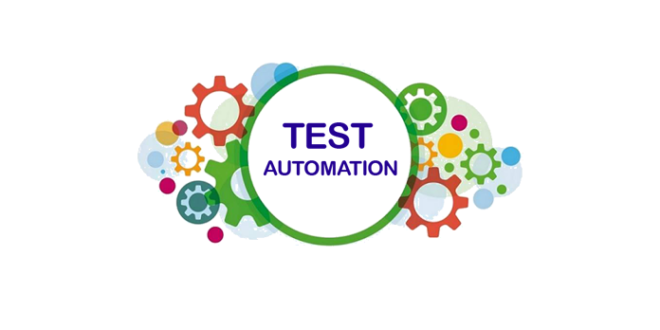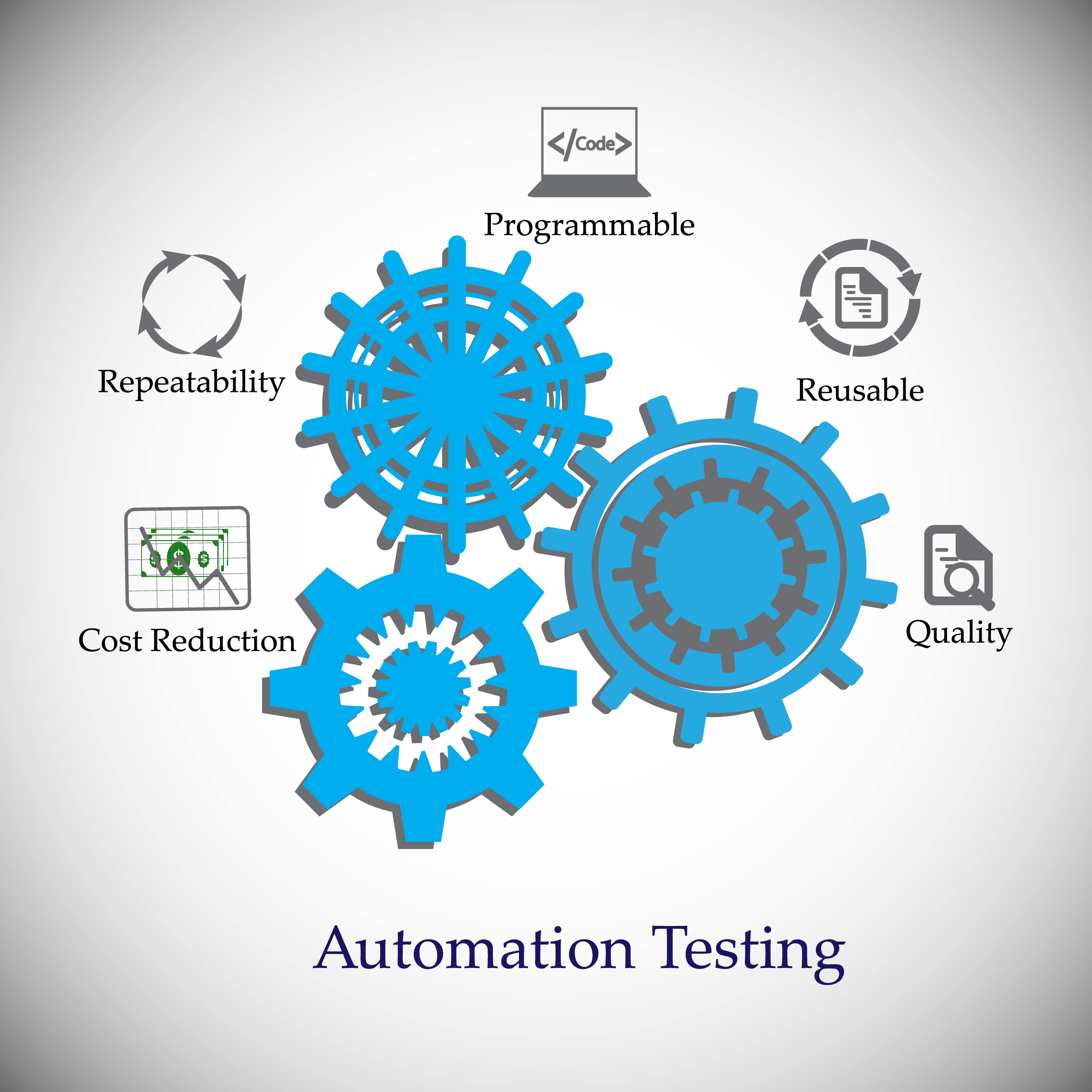From Guidebook to Automated Testing: A Comprehensive Overview to Transitioning Smoothly and Successfully
In the world of software testing, the change from manual to automated processes has ended up being a significantly crucial shift for companies seeking to enhance effectiveness and accuracy in their screening practices. As modern technology proceeds to advance, the demand for efficient and smooth computerized testing techniques has actually never been extra pressing. The journey from guidebook to automated screening is not without its obstacles, but when approached strategically and with a clear plan in mind, the benefits can be substantial - automation testing. In this comprehensive guide, we will check out key actions and factors to consider essential for an effective change, from the initial choice of tools to the combination of automation right into existing workflows. Stay tuned to discover the understandings that will assist lead the way for a smoother and a lot more reliable testing procedure.
Advantages of Automated Testing
Automated screening supplies numerous advantages, enhancing performance and precision in software program growth procedures. One primary benefit is the significant reduction in testing time. Automated examinations can be run at the same time on numerous devices and running systems, significantly speeding up the testing phase compared to manual testing. This boosted effectiveness permits for faster feedback on the high quality of the software, making it possible for developers to recognize and resolve problems quickly.
In addition, automated screening guarantees a higher level of precision in detecting flaws. Since automated tests follow predefined scripts, human error is lessened, leading to more reliable test outcomes. Uniformity in testing is likewise boosted, as automated tests perform the same steps precisely each time they are run. This consistency is critical in ensuring that all performances of the software are thoroughly evaluated, reducing the possibility of unseen bugs sliding through to manufacturing.
Choosing the Right Tools

Firstly, evaluate your objectives and needs. Understand the extent of your task, the innovations entailed, and the ability of your team. This analysis will help you determine the attributes and abilities you call for in your testing tools.
Second of all, take into consideration the compatibility of the devices with your existing processes and systems. Smooth assimilation with your existing software development lifecycle is important to make certain a smooth change to automation.
In addition, assess the scalability and flexibility of the devices. As your testing requires develop, the devices should have the ability to adapt and fit adjustments effectively.
Last but not least, consider the assistance and neighborhood around the devices. When implementing automated testing, robust assistance and an active individual community can give important resources and support. By meticulously thinking about these elements, you can pick the right tools that align with your demands and set the phase for a successful shift to automated testing.
Creating Reliable Examination Scripts

When crafting examination manuscripts, it is necessary to think about the details needs of the software application being evaluated and ensure that the scripts address all important performances. Detailed and clear calling conventions for examination manuscripts and test instances can boost readability and maintainability. In addition, integrating error handling devices within the test manuscripts can assist in identifying and addressing concerns immediately.
Furthermore, organizing test scripts right into modular elements can improve reusability and scalability, lowering redundancy and reference enhancing performance in examination manuscript upkeep. Regular evaluations and updates to test scripts are critical to equal developing software application needs and performances. By complying with these concepts, testers can produce effective and robust test manuscripts that contribute substantially to the success of automated testing procedures.
Integrating Automation Into Workflows
By flawlessly incorporating automated screening devices like Selenium or Appium into the software growth lifecycle, groups can achieve faster feedback on code adjustments, leading to quicker insect detection and resolution. This integration allows for constant screening throughout the growth process, ensuring that any problems are recognized early on, resulting in greater software application quality. Appropriate assimilation of automation tools calls for partnership in between development, screening, and procedures teams to develop a unified workflow that optimizes performance and effectiveness in delivering premium software program products.
Making Certain a Smooth Shift
Successfully transitioning to automated screening involves thorough planning and mindful execution to optimize great site and decrease disruptions effectiveness in the software development process - automation testing. To make certain a smooth shift, it is vital to begin by performing a thorough analysis of the current testing procedures and determining locations where automation can bring the most substantial benefits. Engaging with all stakeholders early while doing so, including programmers, testers, and task supervisors, is critical for amassing assistance and buy-in for the automation initiative
Communication is vital during this shift phase. Clear interaction of the objectives, advantages, and assumptions of automated testing assists to handle any pop over to this site type of resistance or concerns that may occur. In addition, offering ample training and sources for staff member to upskill in automation devices and methods is important for guaranteeing a successful transition.

Conclusion
In verdict, transitioning from guidebook to automated screening offers countless benefits, consisting of boosted effectiveness and reliability. By choosing the proper devices, composing efficient examination manuscripts, and integrating automation flawlessly right into workflows, organizations can make certain a smooth and successful change. It is necessary to accept automation as a useful property in software screening procedures to boost total high quality and performance.
In the realm of software testing, the change from manual to automated processes has actually ended up being a significantly essential transition for companies looking for to improve efficiency and precision in their screening practices. Automated examinations can be run simultaneously on several gadgets and running systems, considerably speeding up the testing stage contrasted to hand-operated testing. Uniformity in screening is also improved, as automated tests carry out the same steps specifically each time they are run.To make certain the successful implementation of chosen testing devices, the production of effective examination manuscripts plays an essential duty in confirming the capability and efficiency of automated procedures - automation testing. By following these principles, testers can develop robust and efficient test manuscripts that add considerably to the success of automated testing processes